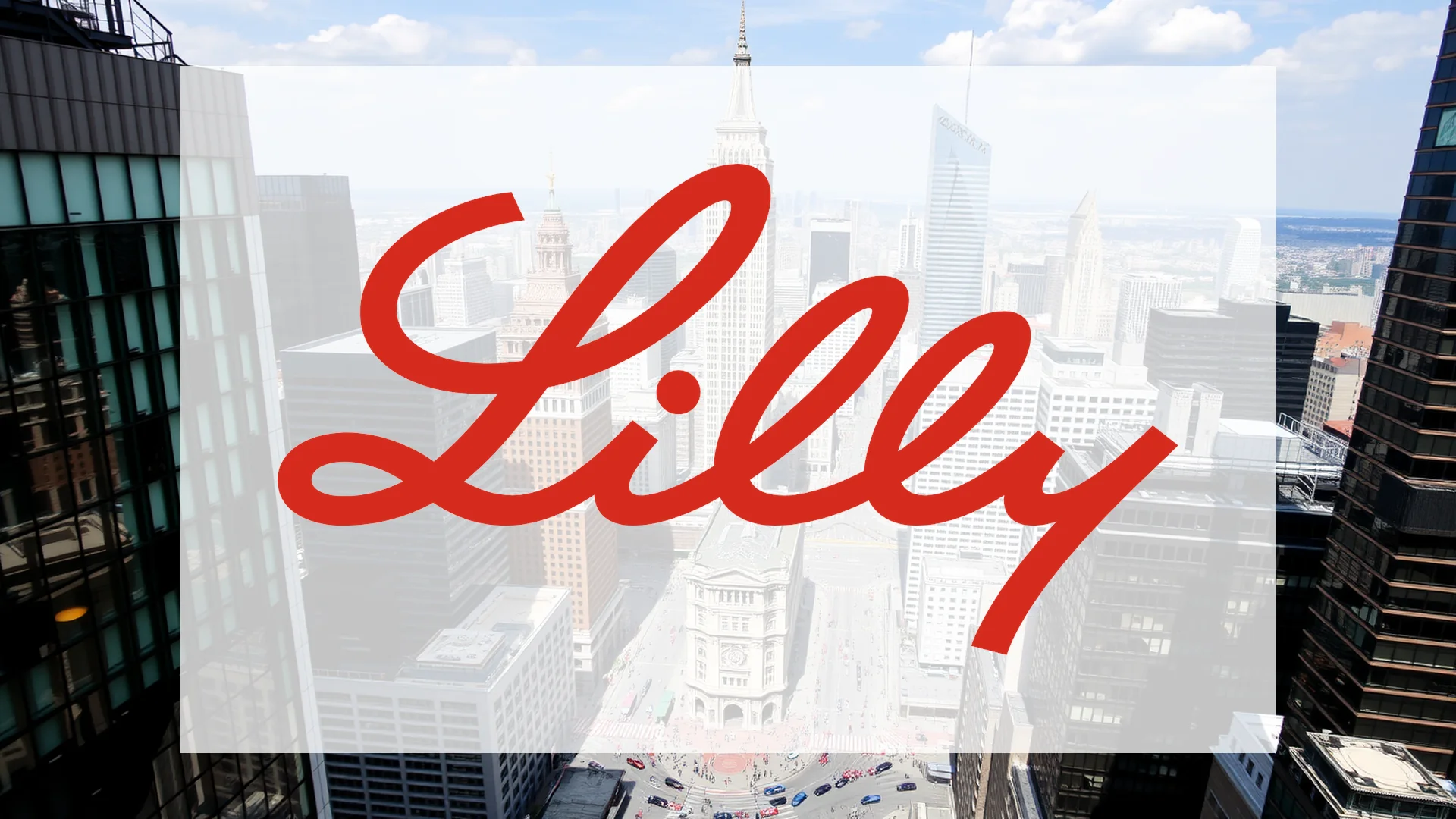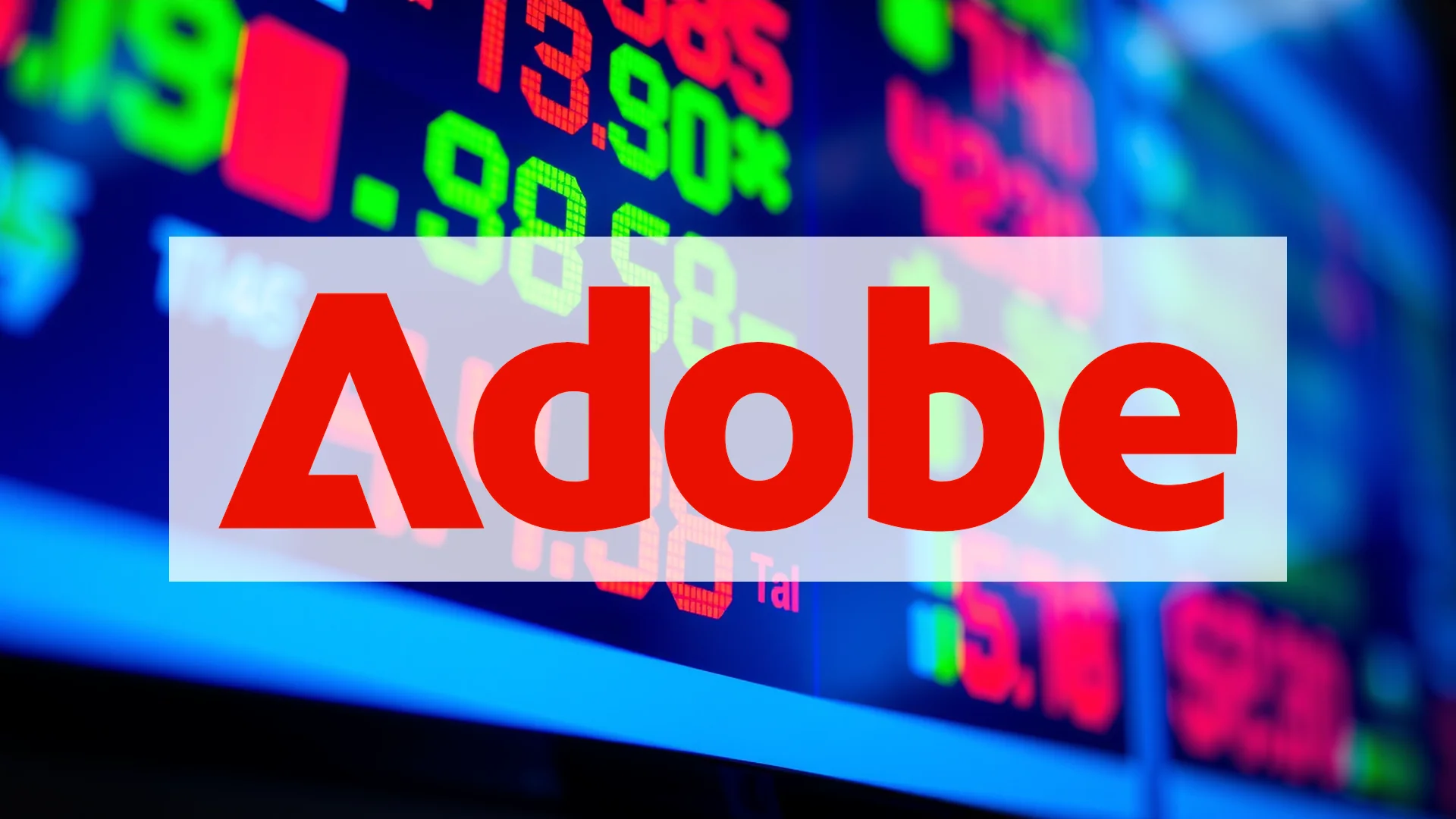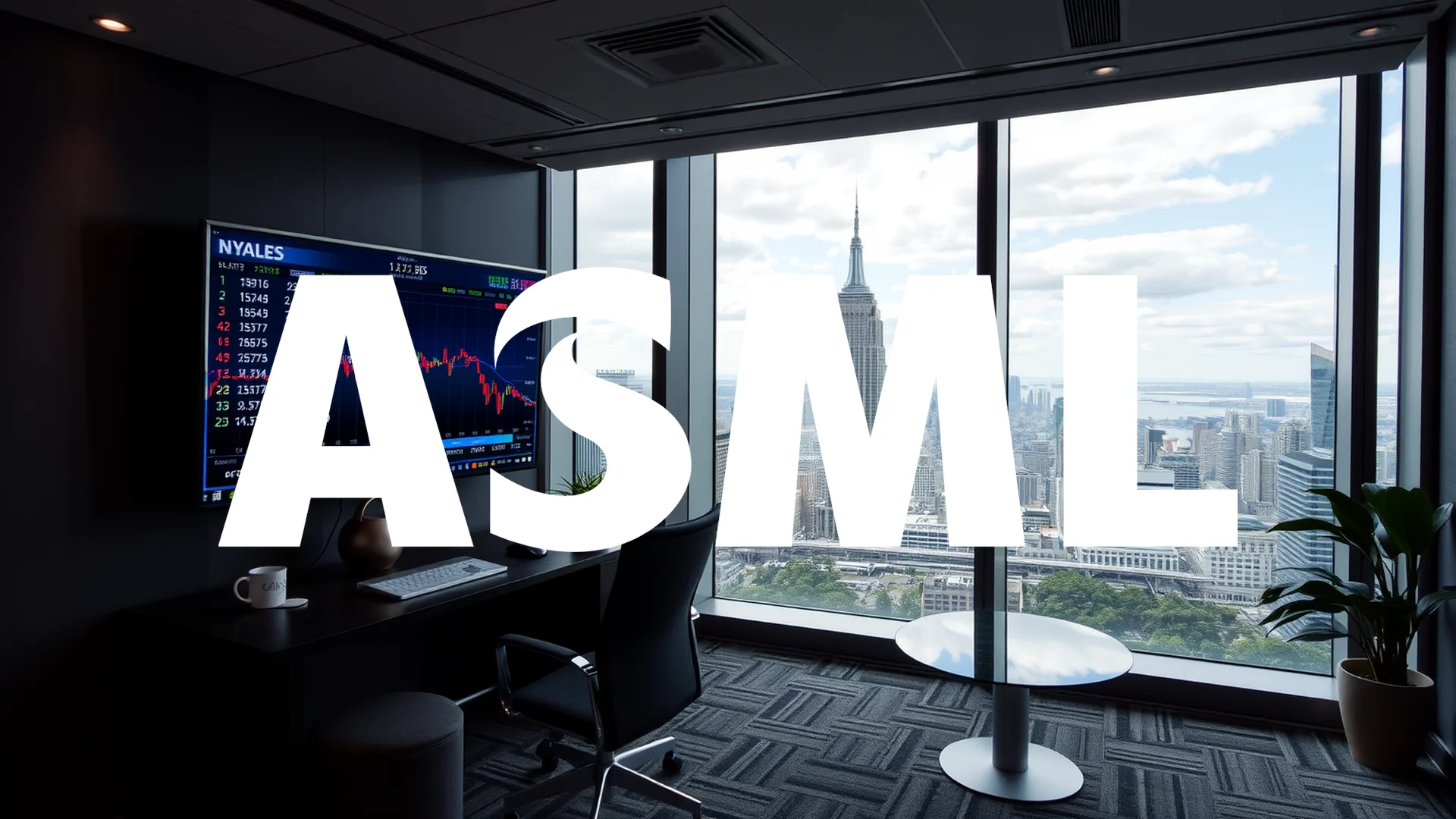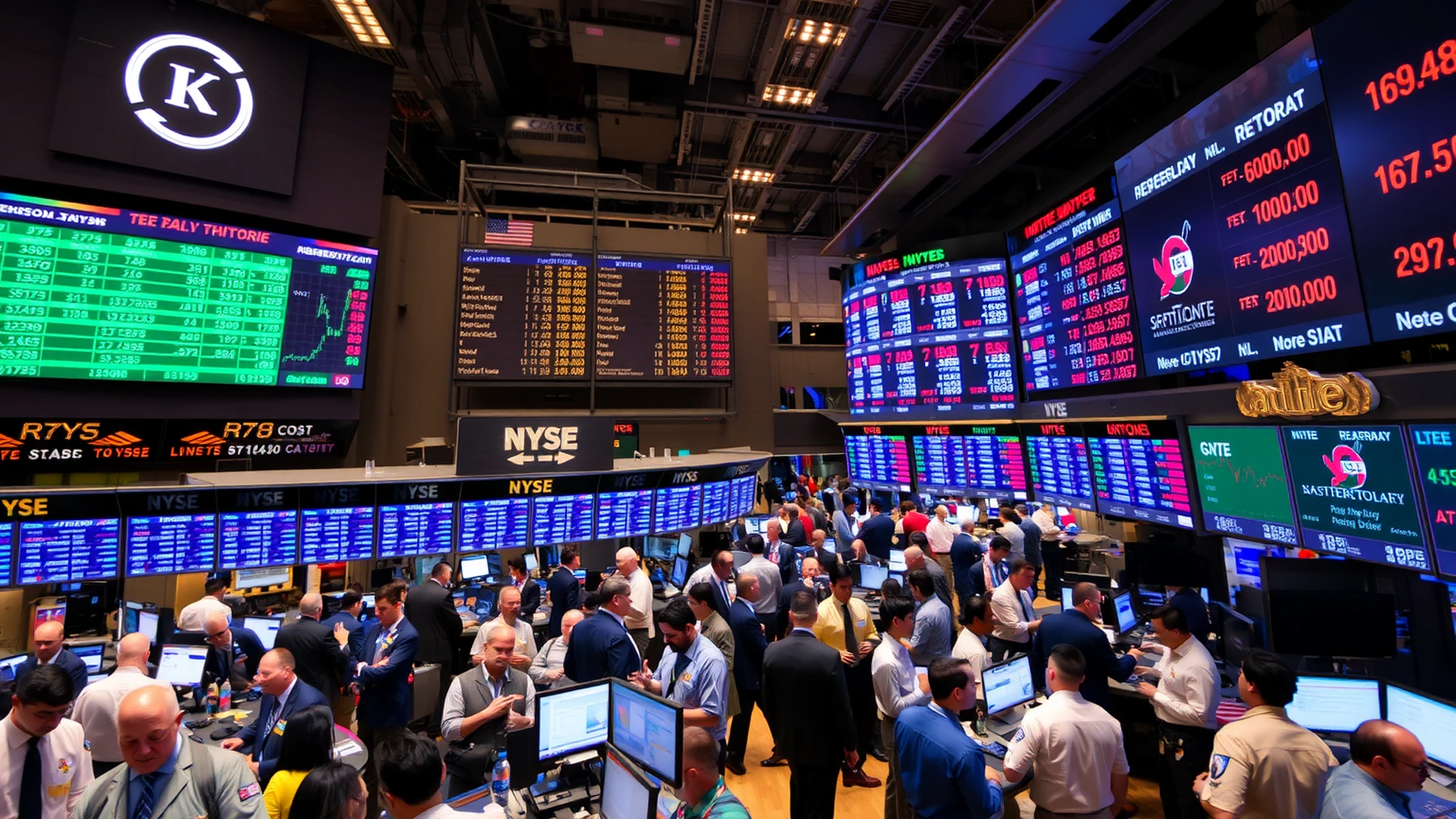Eli Lilly has cemented its leadership in the pharmaceutical industry by becoming the first company in the sector to surpass a $1 trillion market capitalization. Rather than resting on this historic achievement, management is now directly challenging established healthcare structures, signaling a shift away from traditional pricing models through a surprising partnership change. Investors are evaluating whether the company’s aggressive strategic direction and robust development pipeline can sustain this extraordinary valuation long-term.
Strategic Shift in Pharmacy Benefits
In a significant strategic departure, Eli Lilly is ending its relationship with industry giant CVS Caremark. Starting in the new year, the company will transition pharmacy benefit management for its 23,000 employees to Rightway, a smaller service provider known for its commitment to pricing transparency.
This move away from one of the “Big Three” pharmacy benefit managers—who collectively control approximately 80% of the market—represents more than a simple vendor change. It constitutes a direct critique of the opaque pricing models prevalent in the PBM industry. By aligning its corporate spending practices with its longstanding criticism of pricing transparency issues, Eli Lilly is sending ripples throughout the healthcare sector.
Clinical Development Momentum
While key competitor Novo Nordisk has recently faced setbacks in Alzheimer’s disease research, Eli Lilly is accelerating its clinical development programs. Market attention is now turning to the upcoming American Society of Hematology (ASH) annual meeting in December.
Should investors sell immediately? Or is it worth buying Eli Lilly?
Critical Phase 3 data for the cancer treatment Jaypirca is anticipated at this event, including pivotal head-to-head comparison results with competing product Imbruvica. This divergence in pipeline quality reinforces Eli Lilly’s premium market status, with investors currently valuing its diversified portfolio of obesity, diabetes, and oncology treatments significantly higher than those of its competitors.
Technology-Level Valuation Metrics
The market is rewarding this fundamental strength impressively. On November 25, 2025, the company’s shares reached a new 52-week high of €958.20. With a price-to-earnings ratio exceeding 50, the pharmaceutical giant now trades at valuation levels typically reserved for high-growth technology companies.
This revaluation is fueled by explosive growth: third-quarter revenue surged 54%, driven by enormous demand for GLP-1 medications. Crucially, this expansion stems primarily from increased sales volume rather than price increases alone—an indicator of genuine, sustainable market demand.
The outlook remains promising: analysts are placing substantial expectations on the anticipated approval of oral weight-loss candidate Orforglipron by late 2025. Successful commercialization could unlock a new mass market, potentially justifying the ambitious valuation well into 2026.
Ad
Eli Lilly Stock: Buy or Sell?! New Eli Lilly Analysis from November 25 delivers the answer:
The latest Eli Lilly figures speak for themselves: Urgent action needed for Eli Lilly investors. Is it worth buying or should you sell? Find out what to do now in the current free analysis from November 25.
Eli Lilly: Buy or sell? Read more here...








